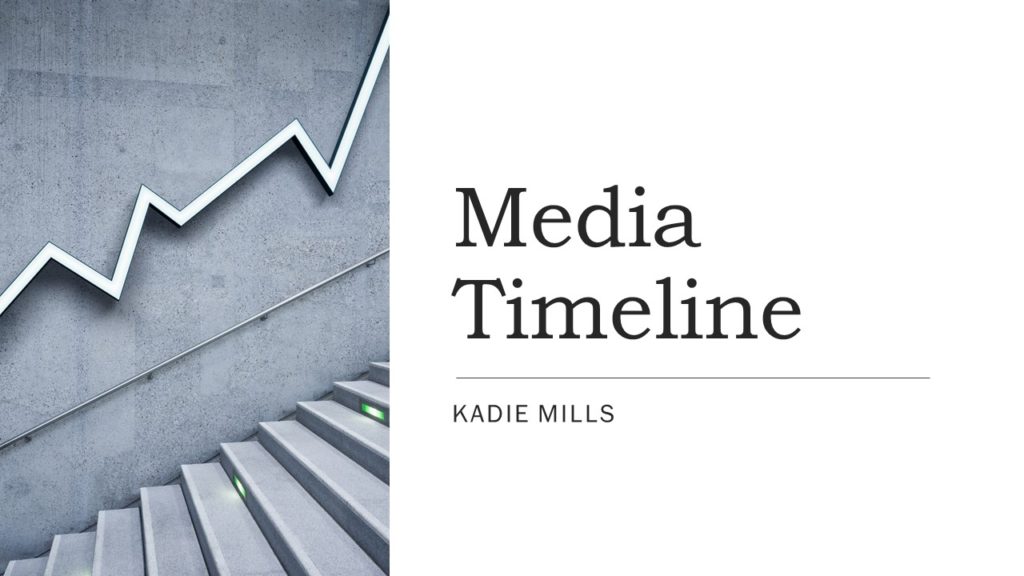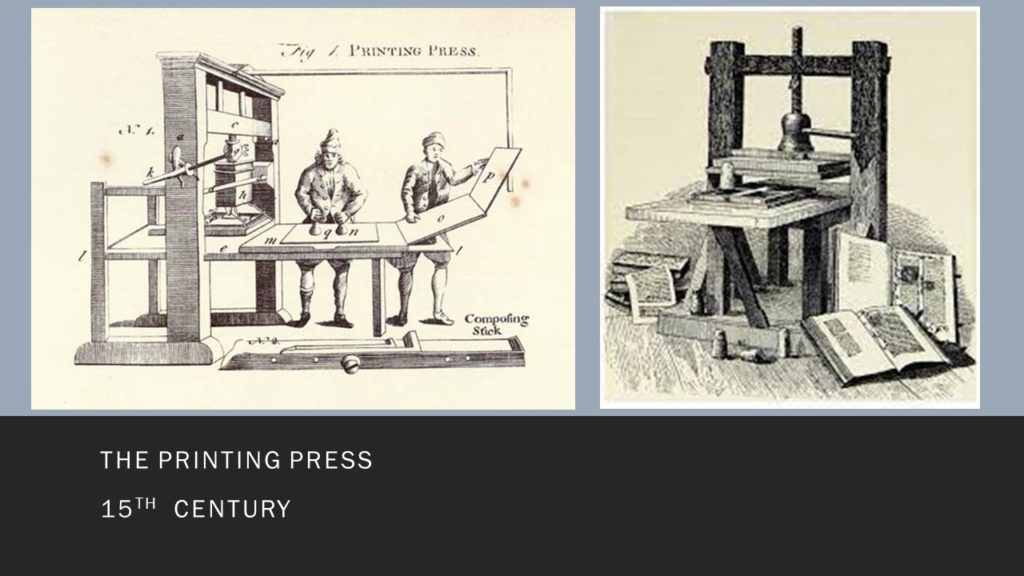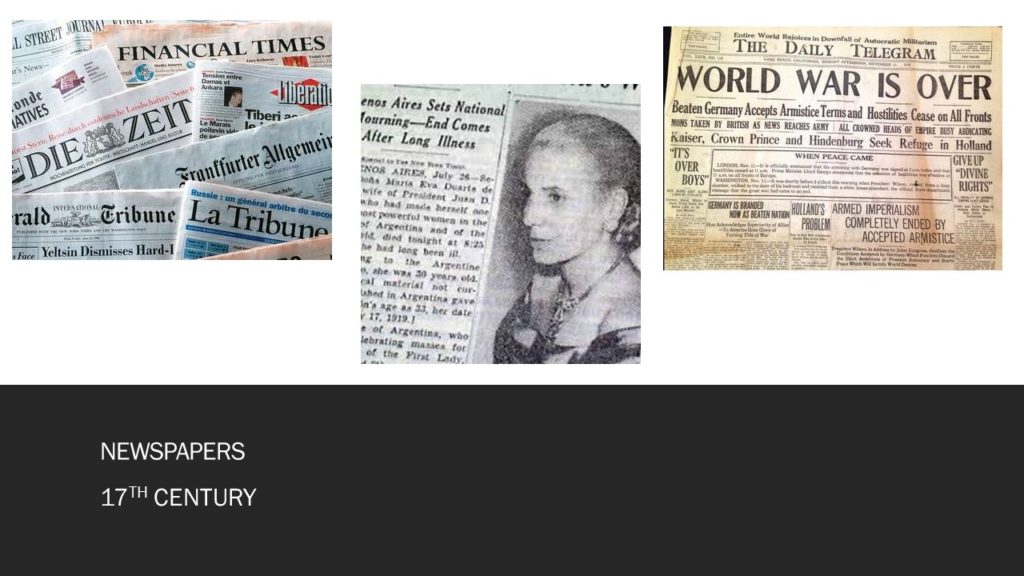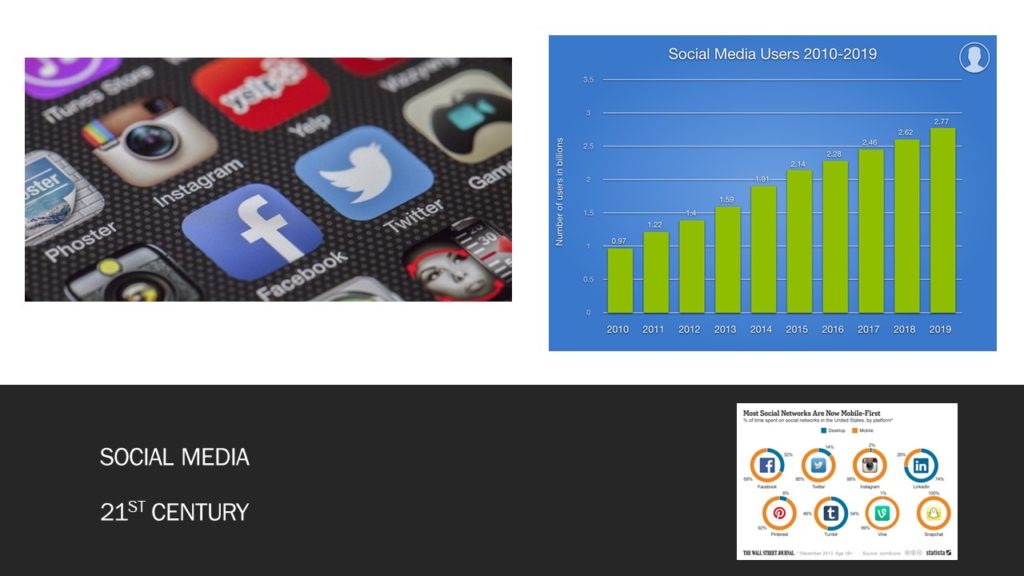





Ferdinand de Saussure: The father or semiotics. The founder of modern theoretical linguistics
C S Pierce: The founder of the idea that an account of signification, representation, reference and meaning. The earliest proponent of pragmatism.
Roland Barthes: The founder of the Semiotic theory broke down the process of reading signs and focused on their interpretation by different cultures or societies. He established structuralism and the new criticism.
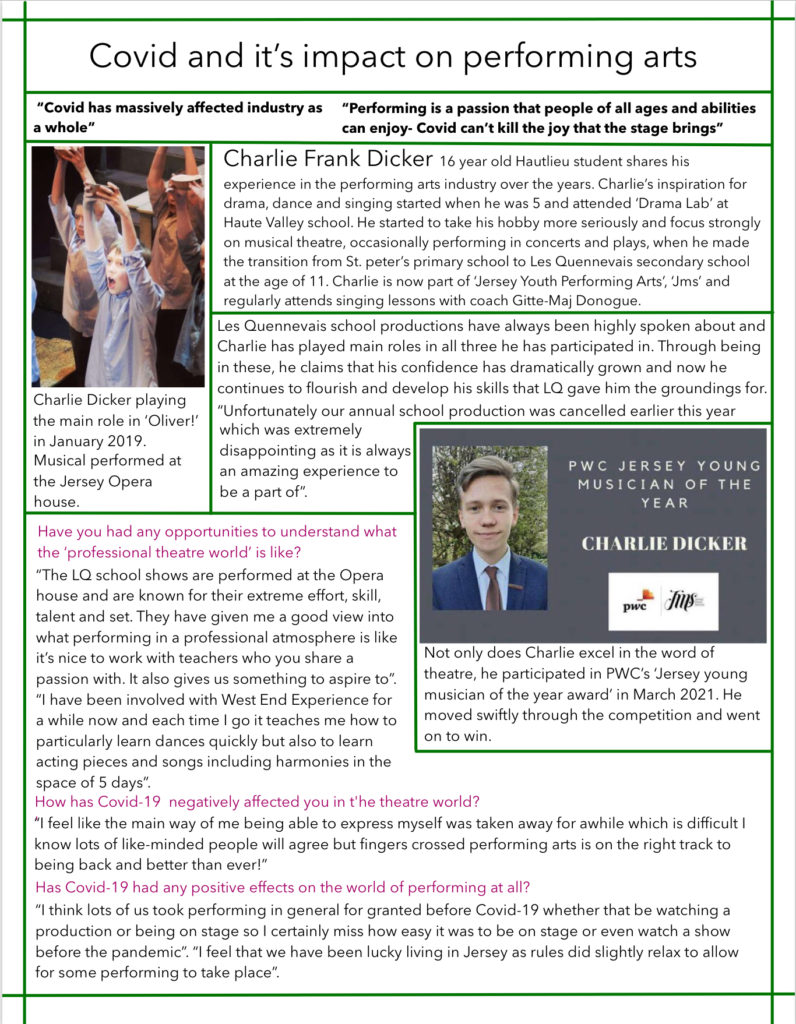

Examples of:
Iconic signs: Newspaper, bicycle, lighthouse
Indexical signs: Newspaper- indexical sign towards reading, the word media
Symbolic signs: 0, 3, M
In my summer task, my main aim was to display Charlie Dicker’s passion for performing arts while also displaying a colourful, action packed article. My page was busy to also symbolize Charlie’s chaotic rehearsal timetable. To get inspiration for my article I searched up online magazines and took a couple of ideas from them like the sectioning off of the paragraphs with lines, the the picture along with their captions and the larger title.
I made the lines green and the questions pink to add more colour to the article while keeping it organised. I added two pictures: one of Charlie while on stage performing in ‘Oliver!’ as it was the biggest part he has had in a show before and the audience could see evidence. The other picture of him is when he won ‘ young musician of the year award’ again to prove that he has achieved these. I also put the main two quotes in bold to outline their significance in the article.
Charlie is a stereotypical drama and smart student achieving 9 GCSE’s at grades B-A*. He is also stereotypical as he has been involved in many different drama groups and different types of shows. However he can be seen as a countertype as he focus’ mainly on singing as it is what he enjoys the most and not acting.
I think that this would be seen on a university/drama school website explaining Charlie’s background for the public to see. This may even be in a magazine based on performing arts or maybe for talented people. Technically this would be mainstream and broad as anyone can access it but it is narrow in the sense that there is a target audience of people who either visit the website or read the magazine. So the narrow audience are people who are involved in performing arts.
I would have added more colour, wrote less text and made the title and pictures bigger. This would make it more aesthetically pleasing and eye-catching for the audience. It will also encourage them to read it all (if there wasn’t as much writing in particular). I could have also changed the background colour or changed it to a picture to make it more eye-catching and less amateur.
| Number | Media Forms | Characteristics | Examples |
| 1. | Newspaper | formal language, entertainment, mass produced | Daily Mail, metro, News Day |
| 2. | Radio | informal language, intimate, auditory , entertainment | Channel 103, Heart, Radio one |
| 3. | Television | auditory and visual, entertainment | Eastenders, Love Island |
| 4. | Advertising and marketing | to make profit and sell a product | Gillette Razor, Lynx Aftershave |
| 5. | Film | entrainment | Titanic, Up |
| 6. | Music video | to make profit and sell a product, entertainment | Beyonce- Love on top |
| 7. | Video games | to play (you control what happens), immersive, private consumption | Minecraft, Fortnite |
| 8. | Magazines | informal language, entertainment, visual | Vogue, Glamour |
| 9. | Online, social and participatory media | mostly informal language, entertainment | Snapchat, Instagram, Facebook |
